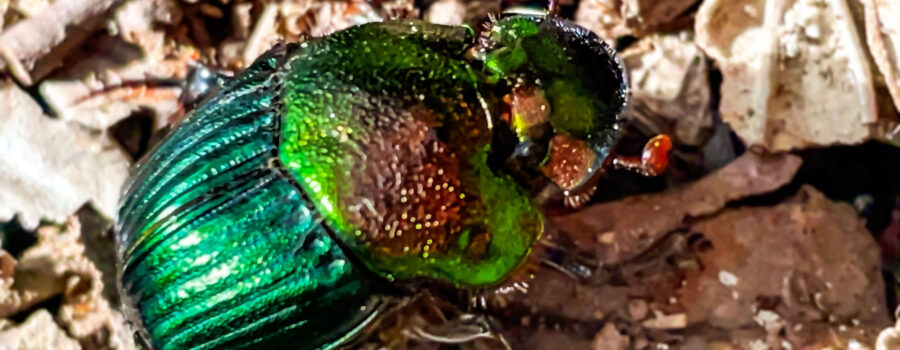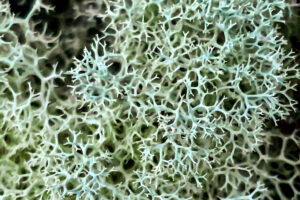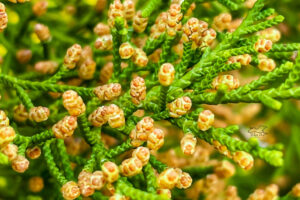The Colorful Rainbow Scarab Beetle is Great for the Environment

Living in a rural area that backs up onto a State Forest means that you never know what you may find in your yard, porch, or bathroom. On a bright August afternoon I came home to find a female rainbow scarab beetle (Phanaeus vindex) wandering around near the dog house. These beautifully shiny metallic green and copper beetles are actually pretty common around here, but people don’t see them a lot since they spend much of their lives under ground in their tunnels. I was very happy to see her out and about since it gave me the chance to get some pictures of her. They are pretty well protected from many predators by their relatively hard shells and they generally don’t seem to mind the attentions of other animals, so they actually make pretty good subjects. That and of course the fact that they’re gorgeous.

Besides being great photographic subjects these guys and girls are wonderful for the environment because they help to recycle dung back into the soil. They are a tunneling type of dung beetle, meaning that they build nesting tunnels underneath piles of dung. These particular beetles are especially fond of the dung from pigs and opossums, but they will also use the dung of dogs, horses, cattle, and raccoons. Once they have dug a tunnel, which the male and female do together, they make a broodball. The broodball basically consists of dung, rolled in soil and placed at the end of one branch of the tunnel. Eggs are eventually laid in the broodball and when the larvae hatch, they feed on the dung. The larvae are grub-like and go through several instars before pupating and eventually emerging as adults. The adults often reside in another branch of the tunnel, but after providing food in the form of the broodball and other balls of dung stashed in the tunnels, the adults provide no further parental care to the young.

In addition to dung, the adult beetles will also feed on carrion, fungi, and fruit. The males and females can easily be identified because males have a large black horn that curves backwards off the head as well as a heavy shield over the head and thorax. Both sexes have rounded yellow to orange antennas that they can curl up into balls below the head. Both also have their characteristic metallic coloring. They can be found in the eastern United States from Massachusetts to South Dakota in the north and from Florida to Texas in the south. Interestingly, they are found throughout Florida except in the Keys and the Everglades. Like my favorite birds, the vultures, dung beetles such as some species of scarab beetles are vital for decreasing the amount of waste in the environment and for recycling the nutrients in that waste back into the soil. They’re quite harmless to people and pets, so when spotted they should be left to their own devices. After all, the cleaning crew, even in nature, is very important!





Recent Comments